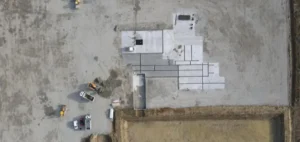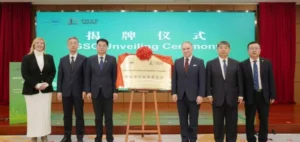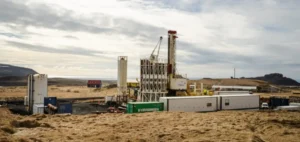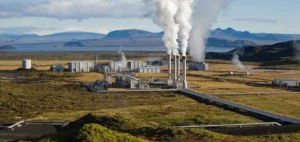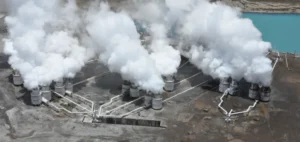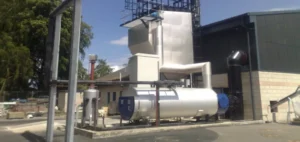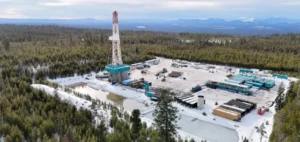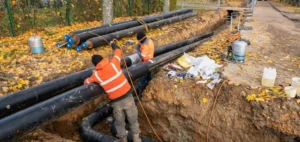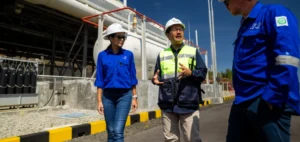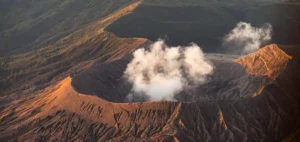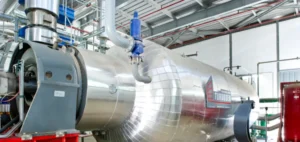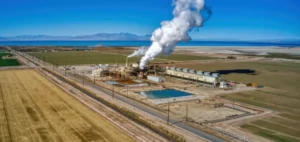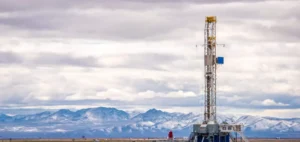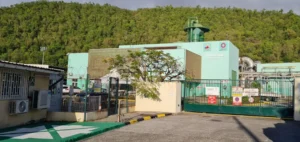India is stepping up its efforts to harness geothermal energy, an under-utilized source of renewable energy.
The Geological Survey of India (GSI) has identified 381 thermally anomalous zones and published the “Geothermal Atlas of India, 2022”.
This document estimates a potential of 10,600 MW for geothermal energy in the country.
Data collection on water temperature, flow and quality in various geothermal fields was crucial to this estimate.
Singareni Collieries Company Limited (SCCL) has taken a notable initiative by commissioning a 20 kW pilot geothermal power plant in the Bhadradri Kothagudem district of Telangana.
This project, based on closed-loop organic Rankine cycle technology, has demonstrated its efficiency and serves as a model for future projects.
Research and development program
The Ministry of New and Renewable Energy (MNRE) runs a “Renewable Energy Research and Technology Development Program” (RE-RTD) in collaboration with various research institutions and industries.
This program aims to develop indigenous technologies and manufacturing capabilities for the widespread and efficient application of new and renewable energies, including geothermal energy.
Despite the absence of a specific budget for geothermal research over the past five years, an allocation of INR 2.42 crores from the Ministry of Coal enabled the establishment of the 20 kW pilot plant at Manuguru.
This funding was essential in demonstrating the technical and economic viability of geothermal energy in India.
International partnerships
India has established several international partnerships to advance in the field of geothermal energy.
A memorandum of understanding signed in 2007 with Iceland identified geothermal energy as an area for cooperation.
In addition, an agreement signed in 2019 with the Kingdom of Saudi Arabia and the launch in 2023 of the Renewable Energy Technology Action Platform (RETAP) with the United States have included geothermal energy as a priority.
These international collaborations play a crucial role in sharing knowledge, technologies and best practices for the development of geothermal projects in India.
They also help build local capacity and promote innovation in this sector.
Financial support and prospects
The MNRE provides up to 100% financial support to governmental and non-profit research organizations, and up to 70% to industries, start-ups, private institutes, entrepreneurs and manufacturing units under the Renewable Energy Research and Technology Development Program.
This support includes geothermal R&D projects.
India is thus making significant progress towards exploiting its geothermal potential, with international initiatives and collaborations paving the way for sustainable and innovative energy diversification.
Geothermal energy development in India offers promising prospects.
The potential of 10,600 MW, combined with current initiatives and international partnerships, positions the country as an emerging player in the field of geothermal energy.
Financial support from the MNRE and pilot projects such as Manuguru are essential steps towards wider use of this renewable resource.


